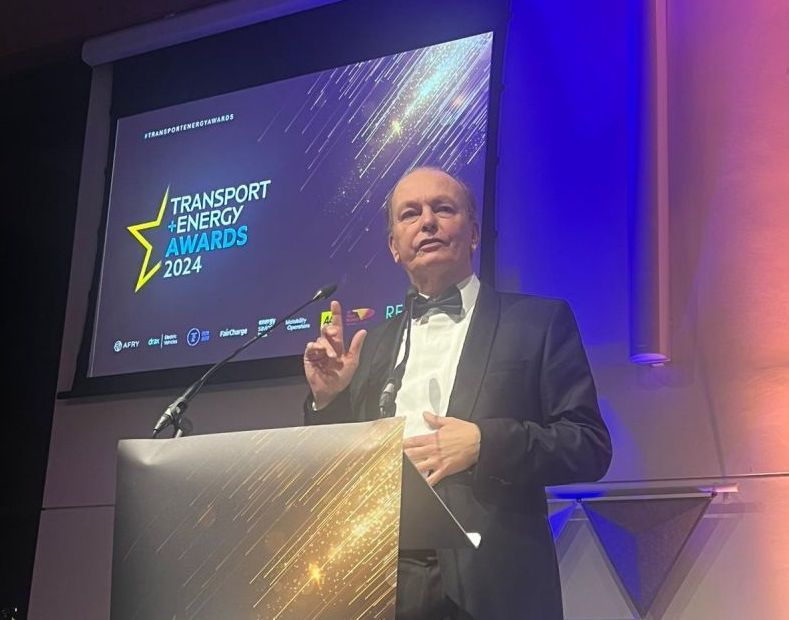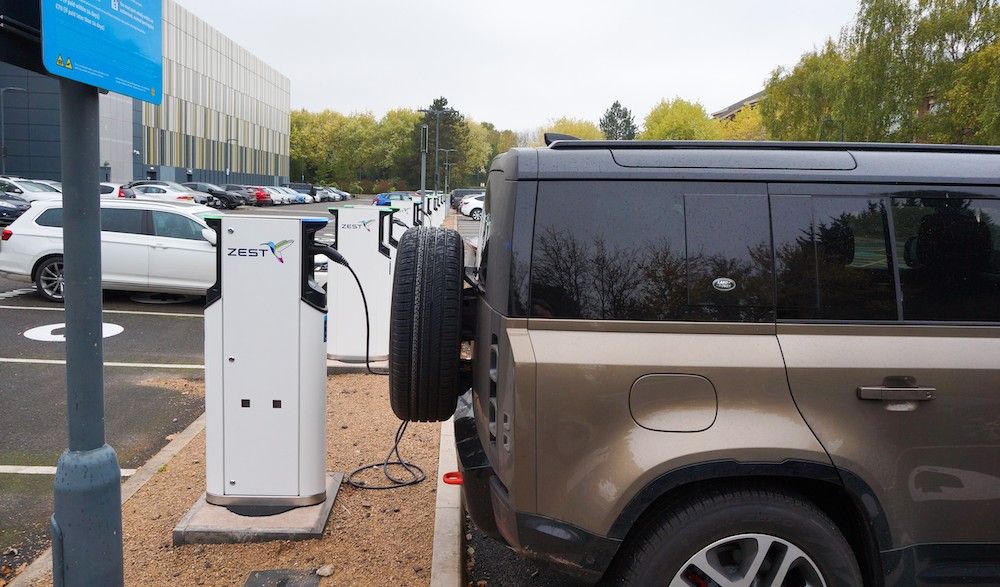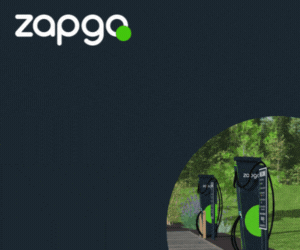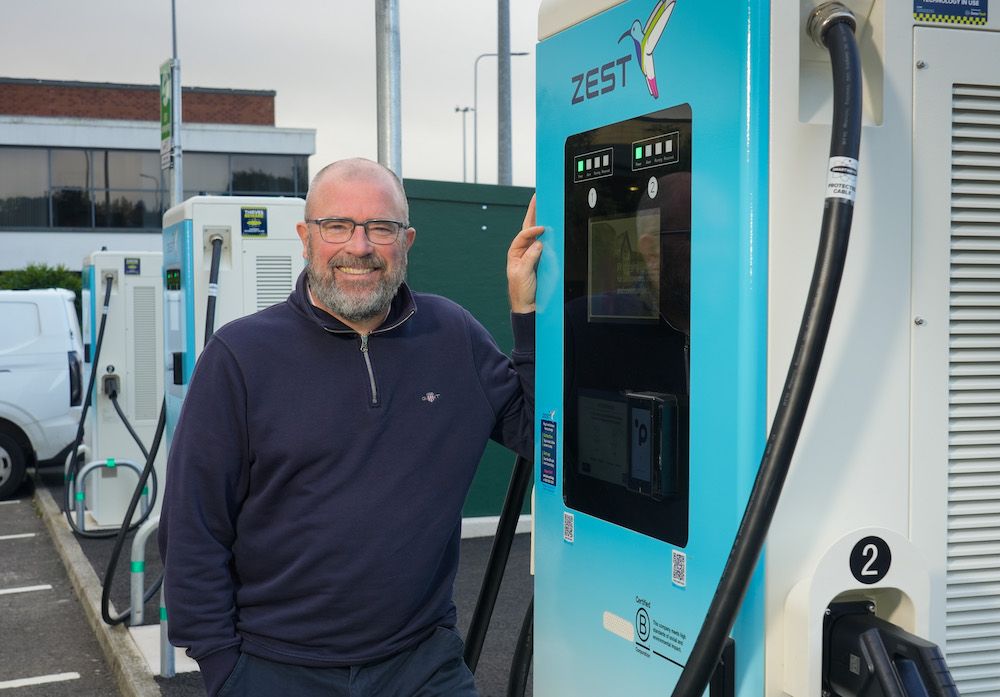The National Audit Office has called for a more detailed roadmap and better cross-governmental working after assessing the government’s progress on its Road to Zero.
In a report entitled ‘Reducing carbon emissions from cars‘, NAO said there was “a well-integrated working relationship between OZEV, BEIS and DfT”, but it “identified a less effective relationship between the departments, OZEV and local government, with a lack of shared understanding of national and local strategies”.
The body looked into the government’s £1bn investment in ultra-low emission vehicles – as well as overall progress in the past decade. The report stated that although Whitehall working was good, there was a lack of communication between central and local government and business on driving forward its ambitious EV plans.
It said that emissions have been driven down by 1% in the past decade with electric car progress off-set by SUV purchases and increased traffic. Also, it said a lack of clarity over delivery meant it was hard for the Department for Transport to demonstrate value for money on expenditure.
Findings included:
- Sales have beaten the Office of Zero Emissions Vehicle targets: In 2013, OZEV projected that between 3% and 7% of all new car sales would be ultra-low emission by 2020 – it is currently 8%
- OZEV cannot clearly demonstrate the cumulative impact spending £1 billion
- Government-commissioned consumer surveys have identified an increased willingness to purchase ultra-low emission cars
- There has been a considerable growth in public charging infrastructure over the past decade.
- OZEV has not yet focused sufficiently on charge-point availability to ensure adequate provision where people do not have a driveway. It has allocated a total of £8.5 million to help local authorities support installation of on-street residential charge points but the uptake has been “slow”. Councils told the NAO that it was due to the complexity of the scheme.
- There has been a reduction of around 1% in carbon emissions from passenger cars but this is a smaller reduction than DfT expected.
- Previous published plans have not regularly set out interim milestones for growth in the market and carbon impact.
- Substantial growth is required to ensure ultra-low emission cars increase from current levels to 100% of the new car market from 2030.
Recommendations:
As a result of the above findings, the NAO has made a series of suggestions to government, including:
- Managing interdependencies and wider stakeholder engagement
- Mitigating uncertainty: Trade bodies and other stakeholders have said that the government’s clearly stated goals to fully decarbonise cars by 2050 have helped to galvanise the automotive industry. However, they have also said that the lack of long-term certainty over the government’s underlying plans, including its financial support, have at times hindered investment planning.
- Resourcing and capacity: improvements were needed in OZEV’s framework of governance, risk management and control to reflect the growth in the size and complexity of the programme
- The departments need to develop their detailed plans to achieve their goals and the complex transition moving away from traditional fuel involves significant changes for consumers, fuel suppliers and car-makers.
- The departments responsible for this transition will require the appropriate skills and capacity to monitor and support all the necessary changes.
- The DfT and BEIS, working with OZEV, should set out clearly the carbon milestones they intend to meet on the way to delivering the 2050 target in their plan for the UK car fleet.
- They should report progress against these milestones at regular intervals and take action should progress begin to lag against the plans.
- OZEV should “examine the scope for taking a more targeted approach”, using data on car sales and charging points, to use public money effectively to address remaining barriers to take-up.
- DfT and BEIS, working with OZEV, should set out clearly the added value they expect to deliver from the public money
- DfT and BEIS, working with OZEV, should ensure the plan for transition
explicitly recognises the interdependencies that need to be managed.
Concluding the report, the NAO stated: “DfT and BEIS should review whether OZEV has the capacity, skills and remit to enable it to effectively oversee the fast-paced transition implied by the 2030 target.
“Any oversight structure that is put in place needs to be able to work effectively across central government departments, local government, industry and the wider public. It will need appropriate commercial skills in place to stay in touch with a rapidly changing market and be able to assess the impact of public support in delivering the government’s aims.”











